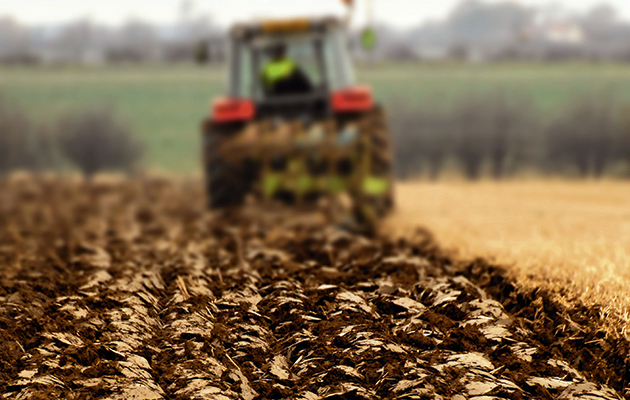As a landowner with a pipeline running beneath your property, you may have heard the term “depth of cover” mentioned in a recent letter from us or from inspections or maintenance discussions. But what exactly does it mean—and why is it important to you?
At the British Pipeline Agency (BPA), we’re committed to promoting safety, transparency, and collaboration with landowners. This article explains what depth of cover is, why it’s critical, and the practical steps you can take to protect both your land and the essential infrastructure beneath it.
What is Depth of Cover?
The depth of cover refers to the amount of soil (or other material) between the ground surface and the top of the pipeline. It’s a key factor in ensuring the protection of pipelines from accidental damage, environmental conditions, and surface activities such as farming or construction.
For most buried pipelines, the ideal depth of cover varies depending on factors like land use, pipe diameter, and regulatory requirements—but it typically ranges from 0.9 to 1.2 metres.
Why Depth of Cover Matters
- Safety First
Inadequate depth of cover increases the risk of third-party damage, especially from heavy machinery or deep ploughing. This can lead to serious safety hazards, including pipeline ruptures or leaks. - Environmental Protection
Pipelines transport fuels that, if released, could have environmental consequences. Sufficient cover helps safeguard the pipe from accidental impact and reduces the risk of a spill. - Compliance and Liability
Under UK regulations, both pipeline operators and landowners have responsibilities. If activities on the land disturb or reduce the pipeline’s cover, it could lead to non-compliance, requiring remedial work—or worse, resulting in damage for which liability may be shared. - Long-Term Land Value
Maintaining proper cover ensures that your land remains compliant and safe for future sale, lease, or agricultural use. It helps avoid costly repairs or restrictions that could affect your land’s usability or value.
Advice for Landowners
If you have a pipeline on your property, here are key actions to follow:
- Know Where the Pipeline Is
Familiarise yourself with the exact location and route of the pipeline. BPA can help provide maps and markers. - Check Before You Dig
Always contact BPA before starting any excavation, fencing, tree planting, or construction work. Even seemingly minor activities can affect cover depth. - Report Erosion or Changes in Land Use
Inform BPA if you notice soil erosion, flooding, or recent agricultural changes that may have reduced the pipeline’s cover. - Avoid Deep Cultivation Over Pipelines
Avoid subsoiling, mole draining, or ploughing deeper than allowed near pipeline corridors. BPA can advise on safe depth limits. - Allow Access for Inspections
Regular inspections and line walking helps us ensure the pipeline remains safe and well-covered. Your cooperation is crucial in maintaining integrity and safety
Working Together for Safety
At BPA, we value the role landowners play in helping protect vital pipeline infrastructure. By understanding and monitoring depth of cover, we can work together to ensure safety, environmental stewardship, and uninterrupted service.
If you’re ever unsure or need guidance, our team is here to help. You can reach out to our Lands Team for advice tailored to your property and activities.

